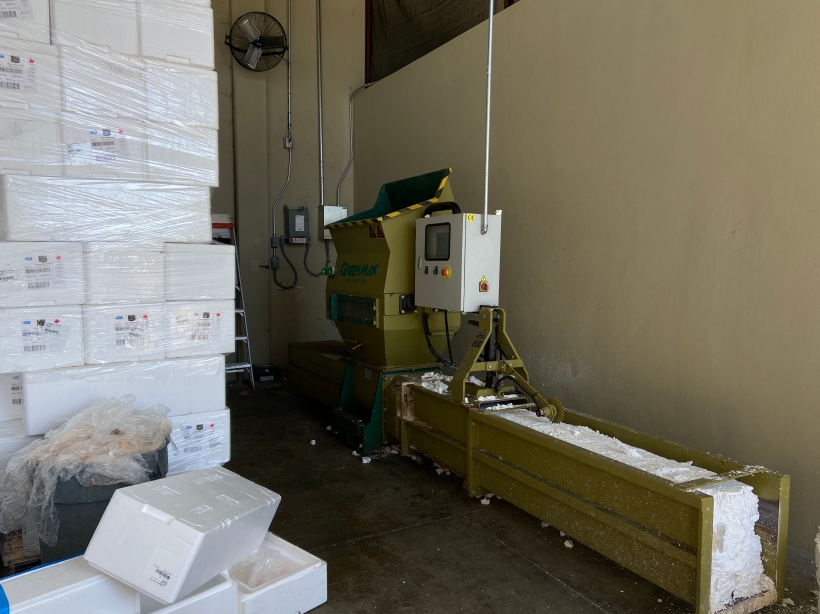How to Recycle Foam Seafood Boxes with GREENMAX's Machine
As the global recognition of environmental concerns remains to expand, the need for reliable recycling solutions ends up being significantly crucial. One certain challenge dealing with the recycling industry is the disposal of seafood foam boxes. This kind of foam is typically utilized for packaging and shipping to spoiling things. However, with the help of GREENMAX's innovative recycling machines, these seafood foam boxes can now be recycled effectively and sustainably. Add to a cleaner, greener world.

GREENMAX Machinery gives sustainable options
Seafood foam boxes, also known as expanded polystyrene (EPS) containers, have actually long been an issue due to their non-biodegradable nature and the difficulties associated with their recycling. Typical recycling approaches often entail manual sorting, which can be time-consuming, labor-intensive, and not cost-effective. In addition, the lightweight and bulky nature of seafood foam boxes make transport and storage challenging.
GREENMAX, a leading company of foam recycling solutions, has actually developed an innovative foam recycling machine specifically developed to deal with the recycling of foam seafood boxes. Their machine uses a combination of shredding, compacting, and cutting innovations to transform foam waste into beneficial recycled materials.

Here's how you can recycle seafood foam boxes with GREENMAX's machine:
Collection and Sorting: Begin by collecting seafood foam boxes individually from various other waste materials. Guarantee that foam boxes are clean and free from any type of pollutants, such as food residues or liquids. Sorting the foam boxes before recycling helps improve the recycling process and guarantees better-quality recycled materials.
Shredding: Once the seafood foam boxes are collected, they require to be shredded into smaller pieces. GREENMAX's machine integrates a shredding mechanism that breaks down the foam boxes into small pieces, helping with more handling.
Compacting: After shredding, the foam pieces are compressed to reduce their volume. GREENMAX's machine uses stress to compress the shredded foam, causing denser blocks or logs of recycled material. This compaction process makes transport and storage much more effective.
Pelletizing: The compacted foam blocks are after that fed into the GREENMAX pelletizing system. Here, the foam is heated and melted, transforming it into a liquid state. The machine's extrusion system forms the melted foam into pellets, ready for reuse in various manufacturing processes.
Reuse and Recycling: The recycled foam material produced by GREENMAX's machine can be used in a range of applications. It can be a raw material for producing new foam products, such as photo frames, crown molding, insulation boards, and much more. Additionally, the recycled foam can be utilized as filler product in other manufacturing industries, reducing the need for virgin materials and reducing ecological effect.

GREENMAX Machinery leads development in foam recycling industry
The benefits of using GREENMAX's machine for recycling seafood foam boxes are manifold. First, it helps reduce the ecological concern triggered by the disposal of foam waste, preventing it from ending up in landfills or polluting our seas. Secondly, the recycling procedure offers a sustainable service that conserves sources by recycling existing materials as opposed to counting entirely on virgin sources. Ultimately, GREENMAX will directly purchase your compacted seafood foam boxes, so you don't need to develop buyers from outside.
To conclude
GREENMAX innovative foam recycling machine offers a reliable and effective solution to the recycling difficulties postured by seafood foam boxes. By following the steps outlined over, businesses, recycling centers, and people can contribute to a much more sustainable future by drawing away foam waste from landfills and turning it into useful recycled materials. Through such efforts, we can work together to build a greener and cleaner planet for generations to come.
